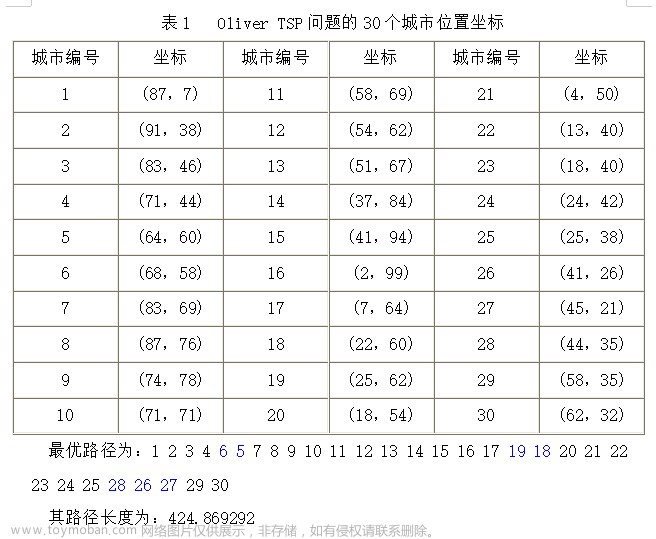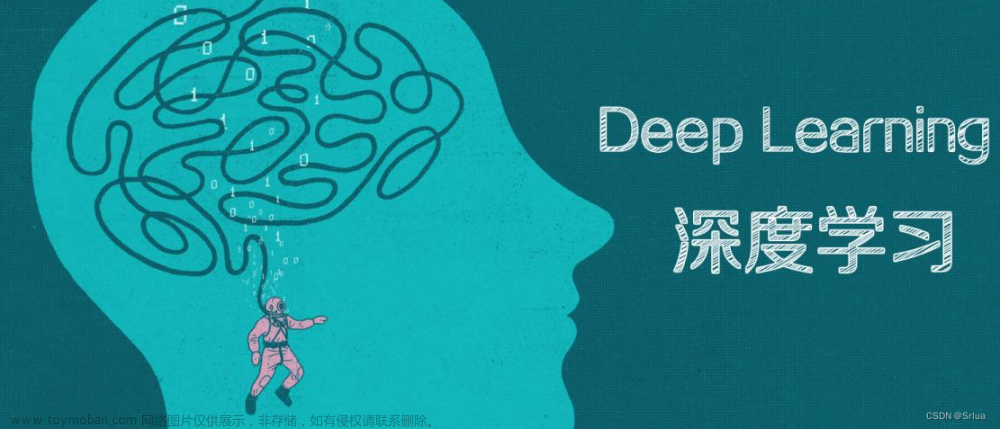
1.背景
2011年,Pan受到果蝇搜索食物自然行为的启发,提出了果蝇优化算法(Fruit Fly Optimization Algorithm,FOA)。
2.算法原理
2.1算法思想
果蝇根据气味确定食物位置,食物的距离影响气味的浓度。每次搜寻果蝇的位置会根据气味最浓的果蝇位置附近进行随机游走。
2.2算法过程

群体位置初始化:
这里将求解问题中的解向量
x
x
x映射到果蝇算法空间
(
X
,
Y
)
(X,Y)
(X,Y)。
X
_
a
x
i
s
=
l
b
+
r
a
n
d
∗
(
u
b
−
l
b
)
Y
_
a
x
i
s
=
l
b
+
r
a
n
d
∗
(
u
b
−
l
b
)
X_{\_axis}= lb+rand*(ub-lb) \\ Y_{\_axis}= lb+rand*(ub-lb)
X_axis=lb+rand∗(ub−lb)Y_axis=lb+rand∗(ub−lb)
计算气味浓度:
由于事先不知道食物的具体位置,因此根据计算果蝇与原点的距离,气味浓度与距离呈反比。
D
i
s
t
i
=
X
i
2
+
Y
i
2
S
i
=
1
D
i
s
t
i
Dist_{i}=\sqrt{X_i^2+Y_i^2} \\ S_i=\frac{1}{Dist_{i}}
Disti=Xi2+Yi2Si=Disti1
其中,
S
i
S_i
Si表示第
i
i
i只果蝇位置处的浓度判定值。
气味浓度评定与位置更新:
将浓度判定值代入适应度函数计算得到气味浓度值
S
m
e
l
l
i
Smell_i
Smelli:
S
m
e
l
l
i
=
f
i
t
n
e
s
s
(
S
i
)
Smell_i=fitness(S_i)
Smelli=fitness(Si)
对所有果蝇的气味浓度值进行排序,得到气味浓度最强的果蝇位置:
[
b
e
s
t
S
e
m
l
l
,
b
e
s
t
I
d
x
]
=
m
i
n
(
S
m
e
l
l
)
[bestSemll,bestIdx]=min(Smell)
[bestSemll,bestIdx]=min(Smell)
果蝇群体下次飞行位置更新为:
X
=
X
(
b
e
s
t
I
d
x
)
+
r
a
n
d
Y
=
Y
(
b
e
s
t
I
d
x
)
+
r
a
n
d
X=X(bestIdx)+rand \\ Y=Y(bestIdx)+rand
X=X(bestIdx)+randY=Y(bestIdx)+rand
3.代码实现
% 果蝇优化算法
function [Best_pos, Best_fitness, Iter_curve, History_pos, History_best, BestX, BestY] = FOA(pop, dim, ub, lb, fobj, maxIter)
%pop 种群数量
%dim 问题维数
%ub 变量上边界
%lb 变量下边界
%maxIter 最大迭代次数
%ouput
%Best_pos 全局果蝇最优位置
%Best_fitness 全局最优位置对应的适应度值
%Iter_curve 每代最优适应度值
%History_pos 每代果蝇种群位置
%History_best 每代最优果蝇位置
%BestX 最优果蝇位置X距离
%BestY 最优果蝇位置Y距离
%% 算法初始化
% 果蝇位置初始化
for i = 1:dim
X_axis(:,i) = lb(i)+rand(pop,1)*(ub(i)-lb(i));
Y_axis(:,i) = lb(i)+rand(pop,1)*(ub(i)-lb(i));
end
% 最优适应度值初始化
Best_fitness = inf;
% 参数初始化
X = zeros(pop, dim);
Y = zeros(pop, dim);
S = zeros(pop, dim);
Dist = zeros(pop, dim);
Smell = zeros(1, pop);
Iter_curve = zeros(1, maxIter);
%% 迭代
for t = 1:maxIter
for i = 1:pop
% 果蝇通过气味确定食物方向
X(i,:) = X_axis(i,:) + 2 * rand(1, dim) - 1;
Y(i,:) = Y_axis(i,:) + 2 * rand(1, dim) - 1;
% 计算距离
Dist(i,:) = (X(i,:).^2 + Y(i,:).^2).^0.5;
S(i,:) = 1./Dist(i,:);
% 检查边界
Flag4ub=S(i,:)>ub;
Flag4lb=S(i,:)<lb;
S(i,:)=(S(i,:).*(~(Flag4ub+Flag4lb)))+ub.*Flag4ub+lb.*Flag4lb;
% 计算浓度
Smell(i) = fobj(S(i,:));
end
% 最优适应度值&位置
[bestSmell, bestIndex] = min(Smell);
% 保存位置
for i = 1:pop
X_axis(i,:) = X(bestIndex,:);
Y_axis(i,:) = Y(bestIndex,:);
end
if bestSmell < Best_fitness
Best_fitness = bestSmell;
Best_pos = S(bestIndex,:);
end
BestXTemp = X(bestIndex,:);
BestYTemp = Y(bestIndex,:);
%记录距离值
History_pos{t} = S;
History_best{t} = Best_pos;
BestX{t} = BestXTemp;
BestY{t} = BestYTemp;
Iter_curve(t) = Best_fitness;
end
end
优化问题:
以CEC2005测试函数为例文章来源:https://www.toymoban.com/news/detail-838188.html
clear,clc,close all
x = -32:0.1:32;
y = x;
L = length(x);
for i = 1:L
for j = 1:L
f(i,j) = fun([x(i) y(j)]);
end
end
surfc(x, y, f, 'LineStyle', 'none', 'FaceAlpha',0.5);
% 设定果蝇参数
pop = 50;
dim = 2;
ub = [32, 23];
lb = [-32, -32];
maxIter = 100;
fobj = @(x) fun(x);
% 求解
[Best_pos, Best_fitness, Iter_curve, History_pos, History_best, BestX, BestY] = FOA(pop, dim, ub, lb, fobj, maxIter);

 文章来源地址https://www.toymoban.com/news/detail-838188.html
文章来源地址https://www.toymoban.com/news/detail-838188.html
到了这里,关于【智能算法】果蝇算法(FOA)原理及实现的文章就介绍完了。如果您还想了解更多内容,请在右上角搜索TOY模板网以前的文章或继续浏览下面的相关文章,希望大家以后多多支持TOY模板网!






![【Python数据结构与算法】--- 递归算法的应用 ---[乌龟走迷宫] |人工智能|探索扫地机器人工作原理](https://imgs.yssmx.com/Uploads/2024/02/752756-1.gif)





